
Teeth
Cleaning
Culver City
“The first thing people notice about you is your smile.”
Plan Your Visit Now
Begin the Change
How Important Is A Teeth Cleaning?
 It’s not just important to keep your teeth clean and cavity-free, but it can profoundly impact your overall health. This often surprises many people, but many serious health issues are linked to poor oral hygiene. There is a correlation between oral health issues and illnesses such as bone loss, cancer, strokes, and other heart-related conditions. Flossing and brushing your teeth is essential, but you should also schedule regular dental cleanings and check-ups to ensure maximum oral health and overall health.
It’s not just important to keep your teeth clean and cavity-free, but it can profoundly impact your overall health. This often surprises many people, but many serious health issues are linked to poor oral hygiene. There is a correlation between oral health issues and illnesses such as bone loss, cancer, strokes, and other heart-related conditions. Flossing and brushing your teeth is essential, but you should also schedule regular dental cleanings and check-ups to ensure maximum oral health and overall health.
A teeth cleaning can solve the following problems:
- Comprehensive oral health examinations are performed to catch any dental issues such as broken teeth, cavities, or other problems that can be easily seen and fixed.
- Gum disease, the leading cause of tooth loss, can be prevented by regular dental cleanings.
- By cleaning the teeth, stains are removed, making the smile whiter and brighter.
- Approximately 81% of people with oral cancer survive it if detected early. Therefore, professional cleaning includes an oral cancer screening.
- Cardiovascular issues and gum disease are closely related. Getting your teeth cleaned regularly can prevent gum disease, contributing to things like strokes and heart attacks.
What Happens During A Teeth Cleaning?
Dental cleanings help prevent oral problems and various health conditions and enhance the appearance of your smile. When committing to a bi-annual dental cleaning, you reduce the risk of developing gum disease and severe gum disease known as periodontitis.
A bi-yearly check-up will also aid in preventing unwanted cavities, lowering plaque and tartar build-up, and keeping your teeth in a healthy state. Teeth cleanings can seem rather daunting, so it is crucial to understand what to expect before going.
The following is a step-by-step process of a comprehensive dental exam and teeth cleaning.
Step-By-Step Process
1. Preliminary Oral Exam
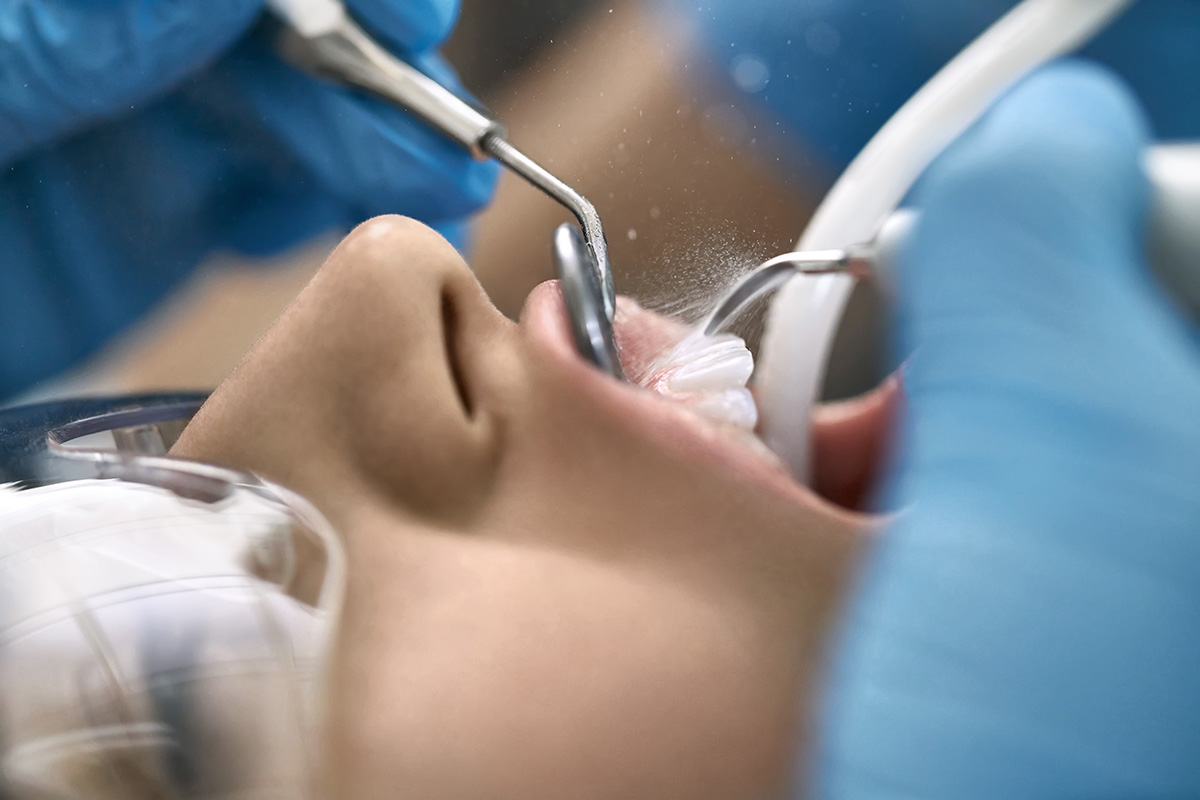
First, a dentist or hygienist will examine the state of your teeth and gums. At this point in the process, it is vital to mention any dental issues you have been experiencing, like pain, bleeding, or any other dental issue causing hardship in your day-to-day routine. Aside from the naked eye, the dentist and hygienist will likely use mirrors to see all angles of your teeth. Then, depending on certain factors, they may operate an intraoral scanner to ensure that all surface areas are thoroughly inspected.
If no issues are brought up, then the rest of the exam is used to look for any other overall health issues, including:
- Any signs of early gingivitis, inflammation, or cavities
- An assessment of your oral hygiene and general health.
- Find out whether you are at risk of bone disease or tooth decay.
- A dentist will examine any previous restorations, such as crowns or onlays, to determine if they must be replaced.
- Assess and discuss any bite or jaw problems like TMJ.
- Educate the patient on incorrect brushing and flossing techniques.
The dentist will also conduct an early cancer screening to rule out oral cancer during the examination.
To screen for this, your dentist will feel the following areas: jaw, neck, cheeks, tongue, inner lips, and roof of your mouth. This will give the dentist a working overview of the area and the chance to catch any early signs of cancer.
You should inform your dentist and hygienist of any medications you are taking so they can see the full overview of your health. Certain medications are linked to various health-related issues such as tooth decay in many instances.
Also, if you suffer from any other health issue, such as diabetes, it will be important to inform your dentist because gum disease is often linked to this ailment. If you want them to provide you with the best dental care, you must let them know of any health issues or medications you take in order for them to provide the best dental care.
There may also be a discussion about certain lifestyle choices and the risks of each. To make sure you are aware of how diet, tongue piercings, and tobacco use affect your oral health, those topics may also be discussed.
2. Digital X-Rays
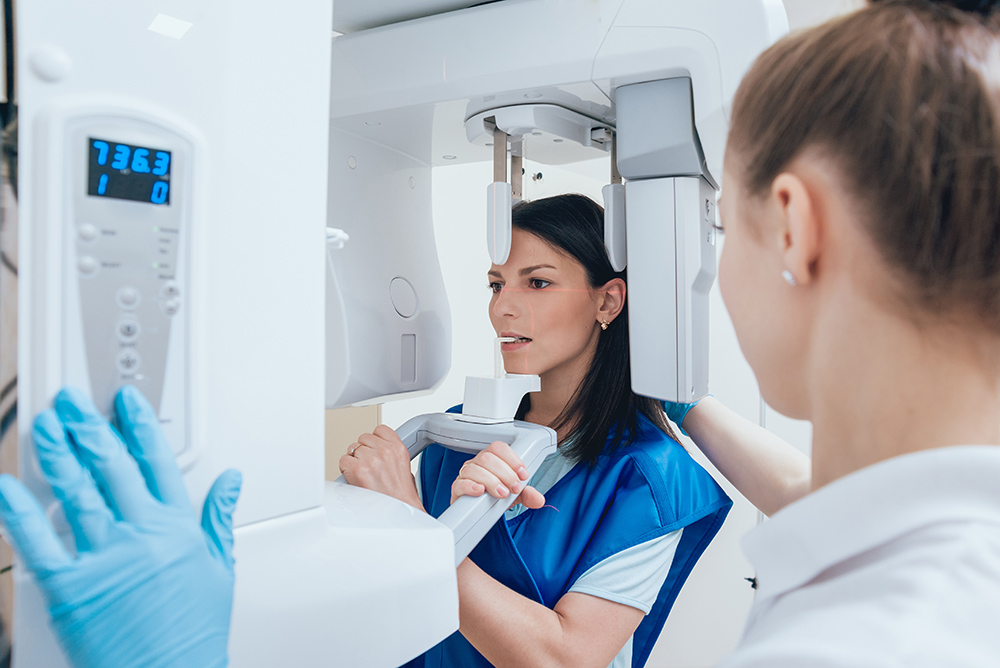
X-rays of the mouth may be taken as part of the examination. However, an x-ray is not necessary for every appointment. A decision on taking an x-ray will be determined based on your risk for disease, current situation, and if there are any concerns you have that would require an x-ray. If it is your first time in a dental office, they will likely take an x-ray for a preliminary assessment.
By taking images of your teeth, gums, and bones, the dentist will be able to determine if there are any issues that cannot be seen with a visual exam.
A digital x-ray can provide information on the following:
- Early stages of gum disease
- The loss of bone in the jaw
- Oral abnormalities such as tumors or cysts.
- Tooth decay
Dentists use digital x-rays as the basis for diagnosing, treating, and tracking your oral health.
3. Plaque and Calculus Removal

The hygienist will use a variety of tools to clean your teeth following the exam. Plaque, calculus (tartar), and bacterial deposits are primarily removed from the teeth surface, the spaces between teeth, and the gum line.
Plaque is the build-up of bacteria that forms in the mouth and on the teeth. If plaque is not removed correctly and in a timely manner, it will turn into tartar or calculus, which will be much more difficult and tedious to remove. It is impossible to remove calculus by brushing yourself. You will need a dental professional to remove all calculus build-up.
The following steps are conducted depending on the level of cleaning needed:
- Using a mirror, the dentist ensures all surfaces of your teeth are cleaned thoroughly.
- Gum health will be assessed using a probe to take measurements of the depth of the tooth pocket. The dentist may recommend a more thorough cleaning or other treatment by determining the gums’ health.
- If you have developed calculus or tartar, The hygienist will use a tool known as a scaler to scrape off calculus and tartar from the tooth’s surface. Because you are awake, you will hear a scraping noise, but it is nothing to be alarmed about. While some people assume this scrapes the teeth and ruins them, that theory is false. The scaler is specifically designed to remove calculus without damaging the tooth enamel.
- The hygienist will next remove the calculus beneath the gums and at the base of the tooth with a tool known as a curette.
- The hygienist will then use a polishing paste to polish the teeth. The texture of the paste is somewhat gritty so prepare for that. To apply the paste, the hygienist will use a tooth polisher to remove any stains visible on the surface level of the teeth. Once polished, the teeth will appear shiny and feel smooth.
- To remove plaque from between your teeth, the hygienist will professionally floss the teeth to get in between each tooth.
- Lastly, the dentist or hygienist may give fluoride treatments. Fluoride treatment aims to add an extra layer of protection to your teeth. This will protect your teeth in between dental cleanings from cavities. A tray is filled with either a fluoride gel or foam to partake in a fluoride treatment. The tray is then placed into the patient’s mouth for one minute. Once the minute is up, the patient must rinse their mouth with water. Some patients may not require this treatment.
Each step of the dental cleaning process will also involve a suction system to remove any saliva that collects in your mouth.
4. Final Part of the Exam

The hygienist will examine the teeth after the completion of the teeth cleaning. If any findings during the teeth cleaning are brought to the hygienist’s attention, the hygienist will consult with the dentist about the conclusions. This will include the questions that you brought to the hygienist’s attention.
After consulting with the hygienist, the dentist will look over the x-ray images and the measurements taken when getting the gingival pocket probing. If any restorations are being used, such as crowns or onlays, the dentist will go over care and the next steps. Finally, they will finish off their assessment with any findings that are related to the state of your jaw health, bite, and gums.
If anything significant is found, the dentist will discuss further treatment options, and you may do counseling regarding oral hygiene care. Additionally, your dentist will let you know when you need to schedule your next dental cleaning and exam.
Teeth Cleaning After Care
Aftercare depends on what happened during the dental cleaning and exam. If you received a fluoride treatment during your cleaning appointment, you should avoid eating or drinking for 30 minutes following the treatment. You should spend the rest of the day following fluoride treatment avoiding hot or acidic foods or beverages. If you don’t follow these guidelines, the effectiveness of the fluoride treatment may be severely reduced.
If a fluoride treatment was not given, you could eat or drink almost immediately after your dental cleaning and exam. However, your teeth may feel increased sensitivity or bleeding immediately following the cleaning. Because of this, it is recommended that you avoid hot or cold beverages and foods for a while following the appointment.
What To Eat Following A Dental Cleaning
If you must eat right after your dental cleaning, it may be advisable to stick to soft foods that are easily digested after dental cleanings, such as oatmeal, mashed potatoes, and applesauce.
You should avoid the following foods if you have sensitive teeth following your cleaning:
- Cold/Hot foods and beverages
- Overly spicy
- Too hard to chew
- Foods with high levels of acidity
- Sticky foods like gummy candies
- Any form of surgery, food or beverage
You can resume eating normally after a few hours when the sensitivity subsides. Note that this may not be the case for everyone.
Brush and floss as directed by your dental appointment as a final step. As a result, you will prevent further build-up of plaque and tartar on your teeth, making future dental cleanings easier. In the case that tooth sensitivity continues, contact your dentist immediately.
What Does A Hygienist Do?

In dentistry, dental hygienists focus on preventing and treating oral health problems. They provide patients with information about the best ways to care for their teeth and gums and influence the patient’s overall health. A majority of their services involve preventive dentistry, including but not limited to cleanings and fluoride treatments.
Your overall health and wellbeing can be dramatically improved by seeing a hygienist twice a year for a dental cleaning.
These oral health professionals are some of the most important in the dental office and must be licensed in the state they work. To get licensed, they must receive their degree from an accredited university or college that offers a dental hygiene-specific program.
Once they receive their degree, they must pass a national board exam and a state clinical exam in order to receive their licensure. From then on, a dental hygienist will be able to identify themselves as a Registered Dental Hygienist (RDH).
What Happens During A Teeth Cleaning Procedure?
A dental hygienist’s role in teeth cleaning depends on the state in which they practice. Nonetheless, their primary focus is comprehensive preventative care.
The following are some of the services a dental hygienist will perform:
Listed above are just a few of the procedures a dental hygienist will frequently perform. Hygienists must be licensed in the state in which they practice because different states offer different treatments and services. In order to ensure that the proper steps are taken when hygienists perform certain treatments, they must be under the supervision of their dentist.
What Is A Hygienist’s Method for Removing Calculus from Teeth?
The most important part of a dental hygienist’s job is removing plaque and calculus build-up accumulated since the last dental cleaning.
Plaque is created due to bacteria that grow on the surface of teeth. There are always bacteria in the mouth that will cause tooth decay and plaque build-up, so brushing, flossing, and using mouthwash twice daily is vital to dental health.
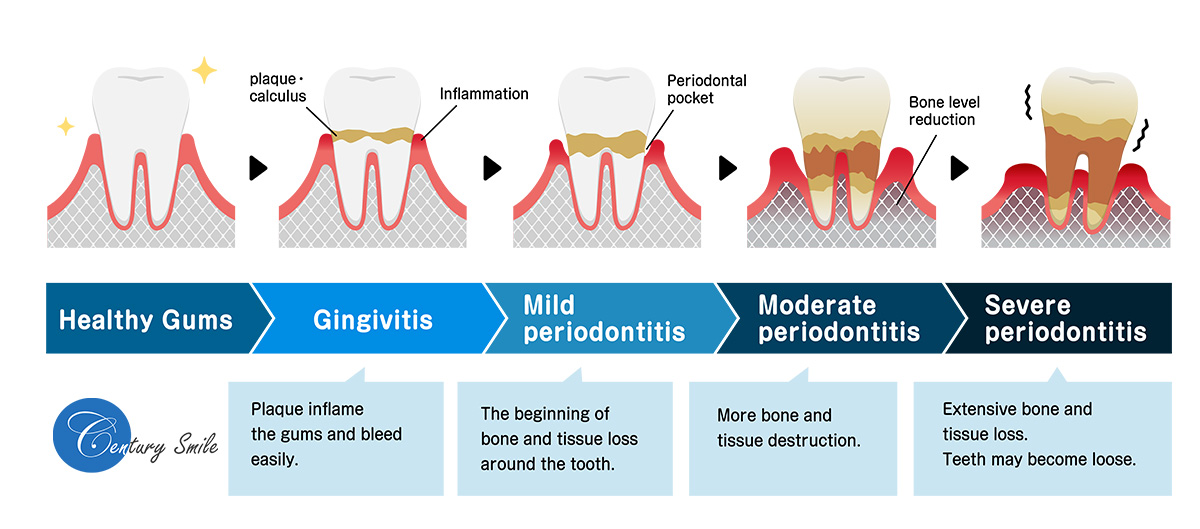
If plaque is not removed from the tooth’s surface, it will form into calculus or tartar, which is much more challenging to remove. No one except a dental professional can remove this.

Calculus is often found supragingival, which hardens at the gum line and is usually apparent because of the tannish, yellow color. Calculus is also found subgingival, which means it has hardened below the gum line making it nearly impossible to see with the naked eye.
Keeping the oral environment healthy and disease-free is crucial to preventing tooth loss, bone loss, and gum disease. If calculus is not properly treated, then the risks of these things are much more significant. Not only will gum disease cause issues for oral health, but periodontitis or severe gum disease is linked to many other health problems like cardiovascular disease, cancer, strokes, diabetes, cognitive impairment, and more.
 Removing calculus from the tooth is also known as debridement and cannot be done by anyone other than a dental professional. Ultrasonic technology and other dental tools commonly used by hygienists can remove both subgingival and supragingival calculus. The use of ultrasonic technology is to help tear down the hardened substance with high-frequency vibrations. Once removed, the surface of the teeth will be polished, so the chances of more calculus and plaque growth are minor.
Removing calculus from the tooth is also known as debridement and cannot be done by anyone other than a dental professional. Ultrasonic technology and other dental tools commonly used by hygienists can remove both subgingival and supragingival calculus. The use of ultrasonic technology is to help tear down the hardened substance with high-frequency vibrations. Once removed, the surface of the teeth will be polished, so the chances of more calculus and plaque growth are minor.
Once the hygienist has completed the exam and dental cleaning, they will consult with the dentist on any issues they found or any concerns you, as the patient, may have had. This ensures that the proper steps are taken to maximize your dental treatment plan. Depending on the severity of your dental cleaning, it may be appropriate to discuss setting up another appointment to receive a deep cleaning.
How Often Should I Get My Teeth Professionally Cleaned?
Dental offices typically provide professional teeth cleanings as part of their standard procedures. Based on the results of a dental exam, the dentist, hygienist, and patient determine how often your teeth should be professionally cleaned.
Most dental professionals recommend seeing their dentist at least twice a year if you have a healthy mouth and practice good oral hygiene. There are, however, some individuals where a dental cleaning is recommended more frequently. The importance of dental health to your overall health cannot be overstated, and dental cleanings play an essential role in this.
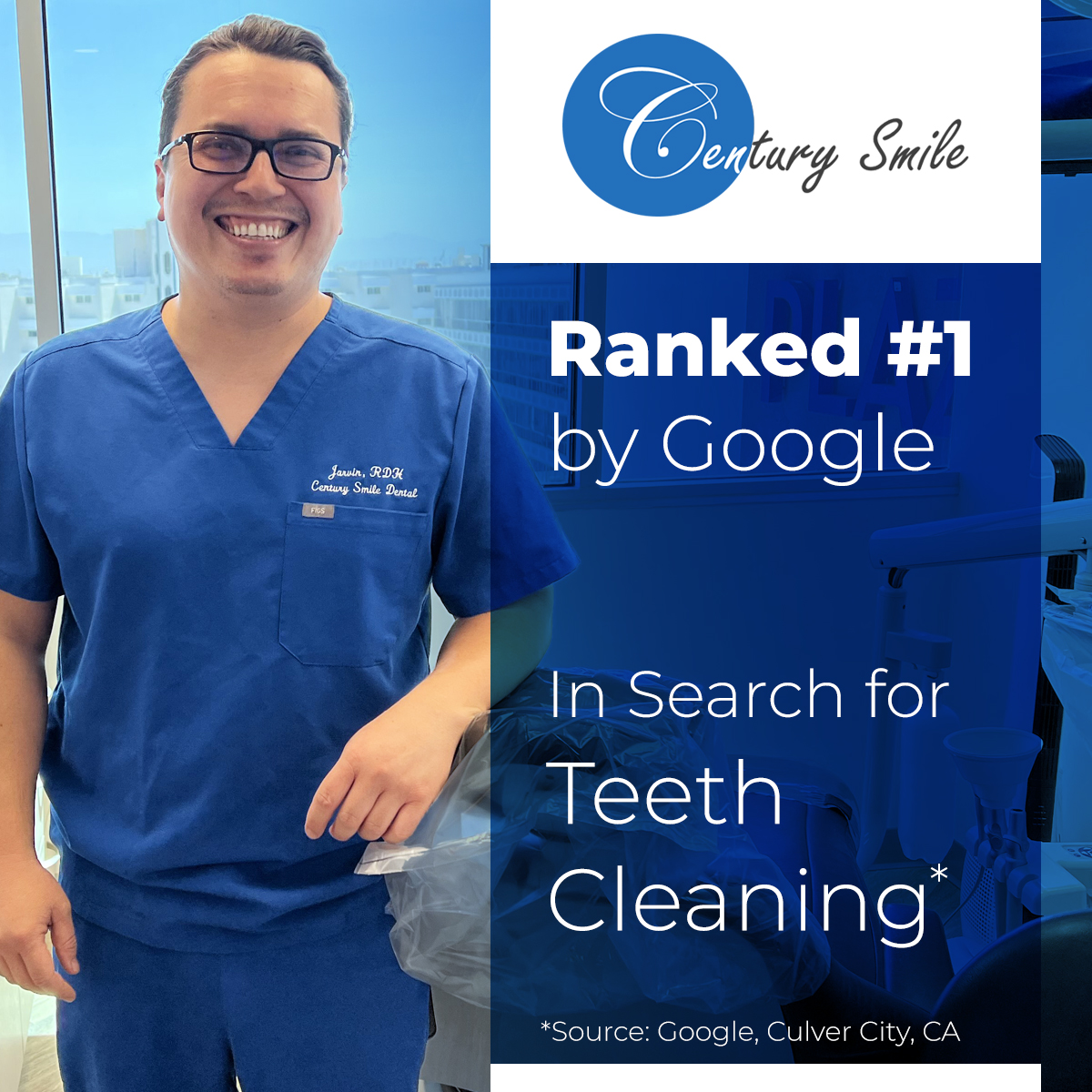
The Relationship Between Oral Health and Overall Health
Oral health is often overlooked as a problem on its own, but it can have profound effects on one’s overall health. Microorganisms thrive in the mouth. Illness is often associated with these bacteria. Since the mouth is one of the main entry points into the body, it is extremely important to keep it healthy.
Studies have shown that bacteria and inflammation associated with gum disease or periodontitis may contribute to the disease process.
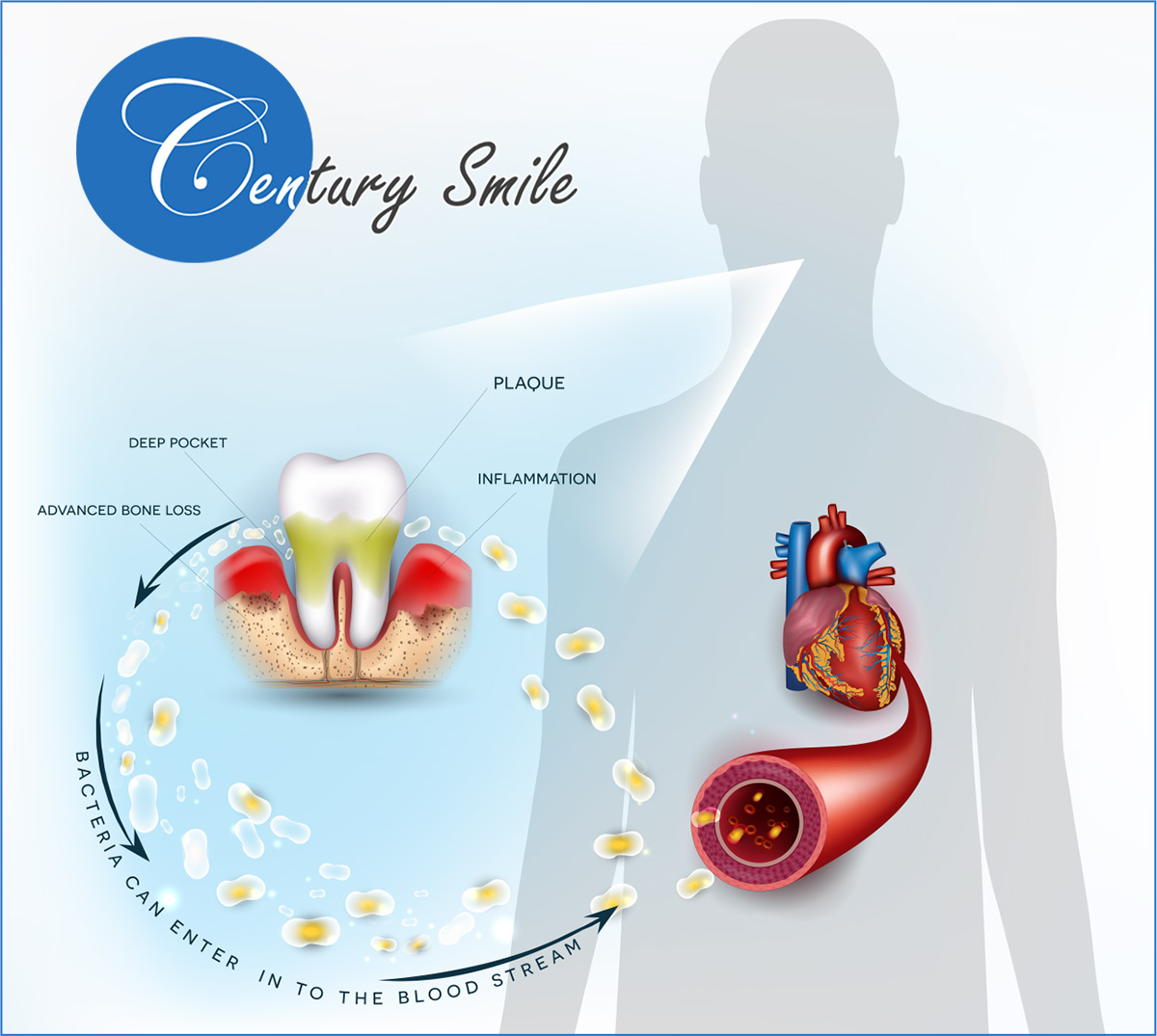
Listed below are some conditions associated with oral health.
- Various cardiovascular diseases, including heart disease and stroke
- Endocarditis occurs when bacteria from the mouth spread through the blood to the heart lining.
- As a result of bacteria in the mouth transferring to the lungs, pneumonia and other respiratory diseases can occur.
- Cancer is also associated with poor oral health
- There is a link between oral health and birth rates and prematurity issues in pregnancy
Neglecting your oral health can negatively impact your overall health. You could avoid more serious issues later on by maintaining routine dental health. By brushing and flossing, you can remove plaque, which is the first step. If you are not brushing and flossing regularly, then calculus or tartar will form, and professional teeth cleaning will be necessary to avoid any severe consequences.

What is Plaque? How is Plaque Harmful?
Plaque is a major cause of oral health issues. Often referred to as the gateway to many years of dental struggles.
The plaque that forms on the teeth throughout the day is sticky and colorless, so it is nearly impossible to see with the naked eye. Plaque builds up on the teeth on a regular basis. This is why brushing and flossing twice a day is essential to ensure that plaque is removed.
 Several foods contribute to plaque formation, such as sugary soft drinks, candy, and starches. These things encourage bacteria growth in the mouth.
Several foods contribute to plaque formation, such as sugary soft drinks, candy, and starches. These things encourage bacteria growth in the mouth.
Plaque hardens on enamel if not treated in a timely manner, leading to tooth decay. Plaque will form at the roots of the teeth and underneath the gums in severe cases, resulting in tooth loss and bone loss.
Without proper care, plaque can harden and build up in gums, roots, and the surface of teeth. The increased build-up will eventually lead to gingivitis, which is the beginning stage of periodontitis.
Following are the signs of gingivitis:
- Swollen gums
- An excessive amount of bleeding in the gum pockets not caused by flossing
- Gum soreness
Gingivitis can progress to periodontal disease, a condition that can lead to bone loss. A weakened bone structure will result in teeth falling out of the mouth, because they won’t fit correctly in the mouth.
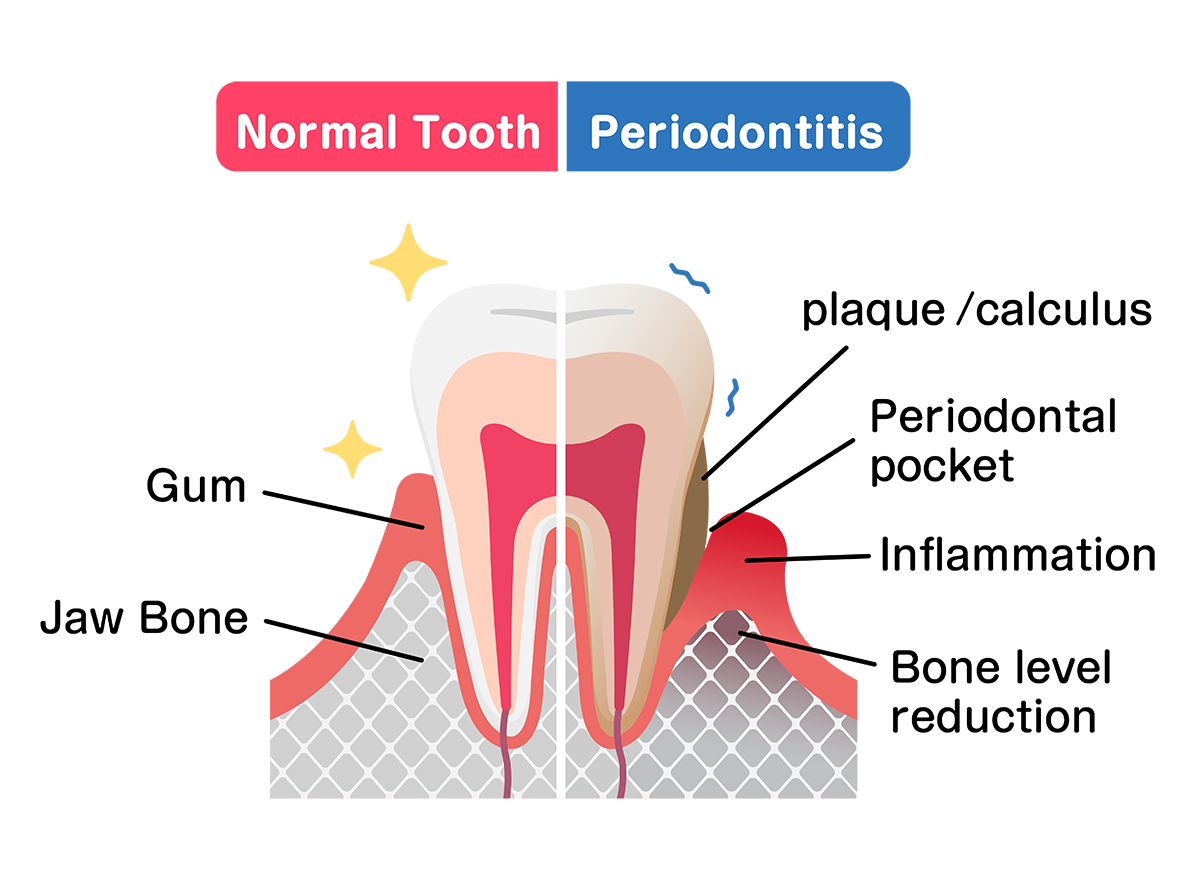
Why is it Important to Get A Routine Teeth Cleaning?

Plaque removal is one of the most significant aspects of teeth cleaning. There are a number of health consequences associated with plaque that affect the jaw bone, tooth roots, and gums. Plaque, aside from its association with oral health, is also linked to premature births, dementia, and other cognitive disorders, heart attacks and strokes, arthritis, and other problems.
Plaque begins to grow back 48 hours after a professional dental cleaning. At-home dental cleaning aids in slowing down the process and removing plaque from day to day, but routine dental cleanings twice a year are critical to removing all plaque. There are some people who require multiple cleanings a year, while others will do fine with one or two. Regardless, one’s goal is to prevent plaque from hardening into tartar or calculus.
Besides plaque, tartar, and calculus buildup, routine cleaning can also uncover serious illnesses like oral cancer in its early stages. During the screening, the entire mouth and jaw are examined to see if any of the following are present:
- A lump or any other abnormality in the mouth
- The appearance of red and white patches
- The presence of open sores
In the event that your dentist or hygienist finds anything, they will inform you, and your dentist will likely refer you to a cancer specialist for further examination.
What Is The Average Time for A Teeth Cleaning?
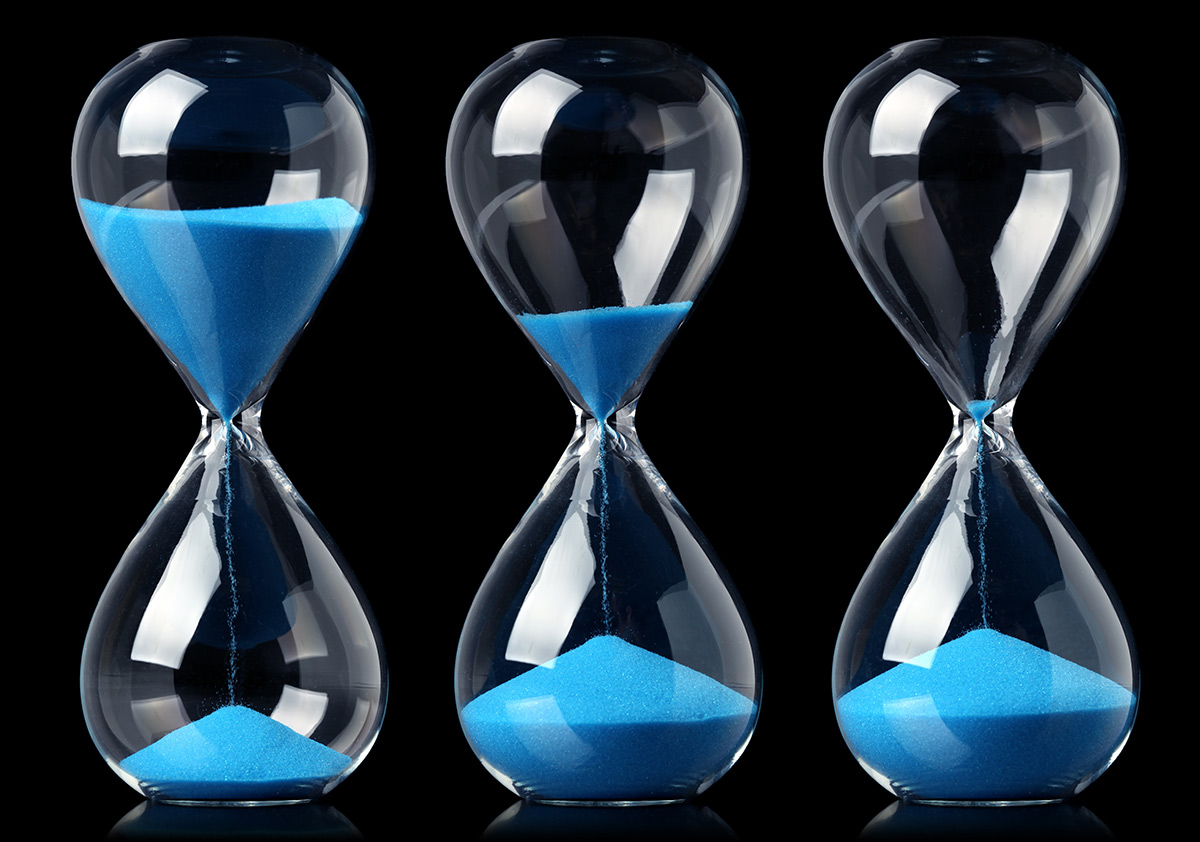
Routine dental cleaning generally takes 30 minutes to an hour.
The dental cleaning itself takes about 30 minutes, and if there is an additional exam or treatment needed, the time will be extended.
The severity of your dental health may determine how long it takes. Patients who visit regularly should expect each appointment to last 30 minutes or less since their teeth are always properly handled. In the event that a patient’s teeth are not properly cared for, then the amount of time taken for the appointment will increase.
Whatever the procedure may be or how long it takes, it should be relatively non-painful. During the procedure, you will be seated in a comfortable and reclined dental chair.
Once your teeth have been cleaned and examined, they should look much brighter and feel much smoother. Make sure you let the dental hygienist or hygienist know if the procedure is painful or uncomfortable.
It is the goal of dental cleanings and daily oral care to eliminate oral health problems that cannot be cured without surgery and extensive oral therapy. Having a pleasant experience is one of the goals of the hygienist, dentist, and technicians, so you will avoid serious dental concerns and continue your routine dental checkups each year.

4 Types of Dental Cleaning
Your dentist should clean your teeth at least once or twice a year, and there are several types of cleanings. It is important to make sure you are aware and knowledgeable of what you are receiving. It may seem that all dental cleanings are the same, but your dentist and dental hygienist will perform a dental cleaning that is tailored to meet your oral health needs.
There are four types of cleanings that a dentist may need to perform on you.
1. Prophylaxis Cleaning
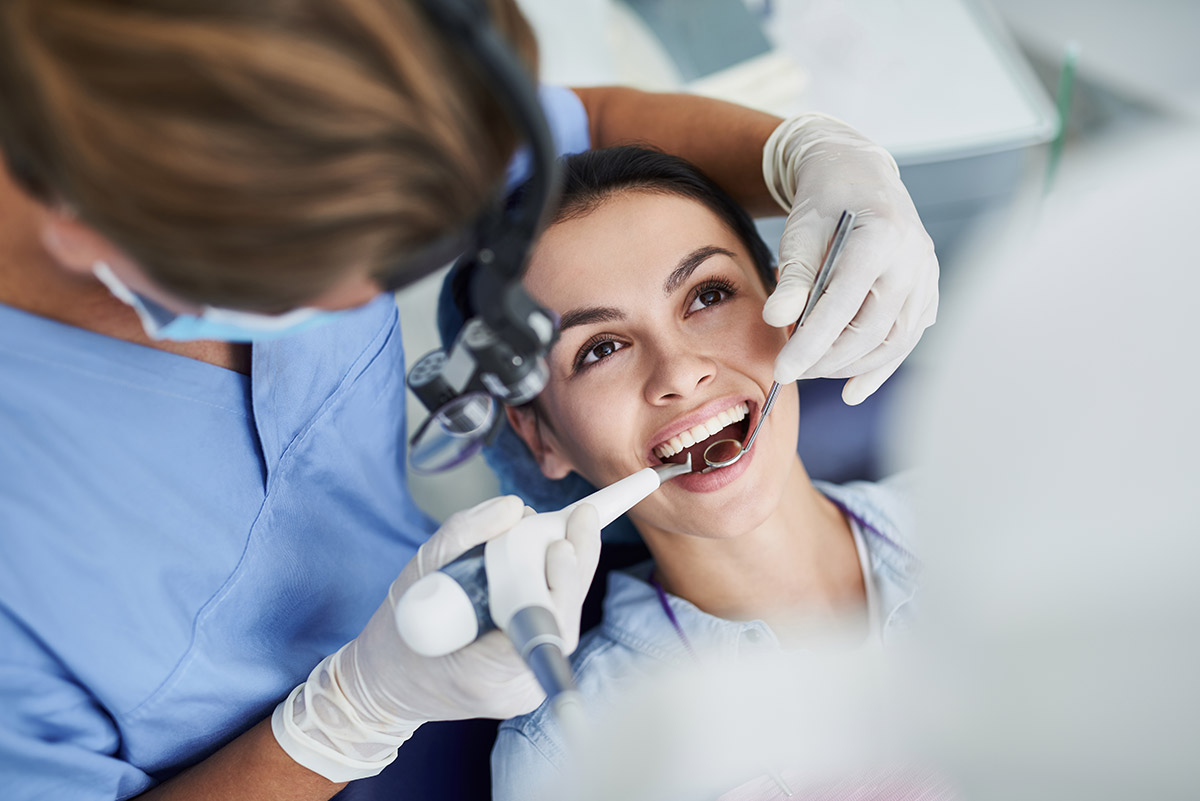
Prophylaxis cleanings are the most common and well-known type of dental cleaning. It is usually your yearly or biannual cleaning of your teeth. People with relatively healthy oral health and no significant dental issues that would negatively impact their gums, teeth, or overall health can benefit from this treatment.
Prophylaxis cleanings remove tartar and plaque from your teeth, gums, and between your teeth. The process involves using a dental scaler or water stream on all sides of your teeth. Typically, dental cleanings are referred to as prophylaxis, which means “to prevent disease.” If you see a dentist regularly, this type of dental cleaning will happen most often.
2. Scaling and Root Planing

Dental scaling and root planing are also known as deep cleanings. Dental cleanings like this are used to treat gingivitis or periodontitis by deep cleaning the gum line and pockets of a patient’s gums.
For those suffering from gingivitis, this dental cleaning will require only one appointment, but for those with periodontitis, it will require several appointments and possibly anesthesia as well.
In scaling and root planning, the plaque that has hardened into tartar and calculus is scraped from the surfaces of the teeth and gums. As this type of cleaning is a bit more invasive and has a greater impact on your teeth, multiple appointments may be necessary in some cases. You may need this type of tooth cleaning if you notice any of the following:
- Swollen gums
- Teeth that are abnormally loose
- Bleeding gums
3. Periodontal Maintenance Cleaning
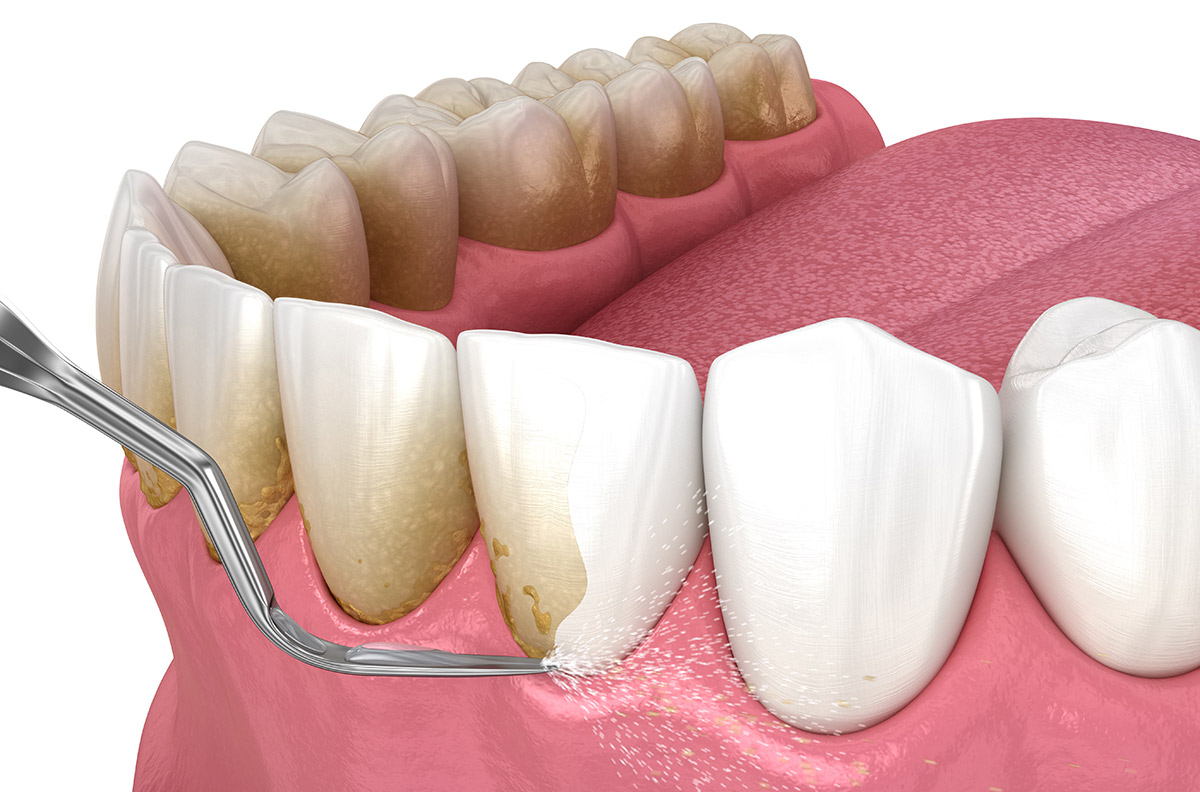
Periodontal maintenance cleanings are recommended for people suffering from severe oral health issues. It is important to keep gum disease and periodontitis under control regularly if you want to prevent even a chance of the disease reaching an endpoint.
Maintenance dental cleanings require more frequent visits than routine dental cleanings, just as scaling and root planing do.
4. Gross Debridement
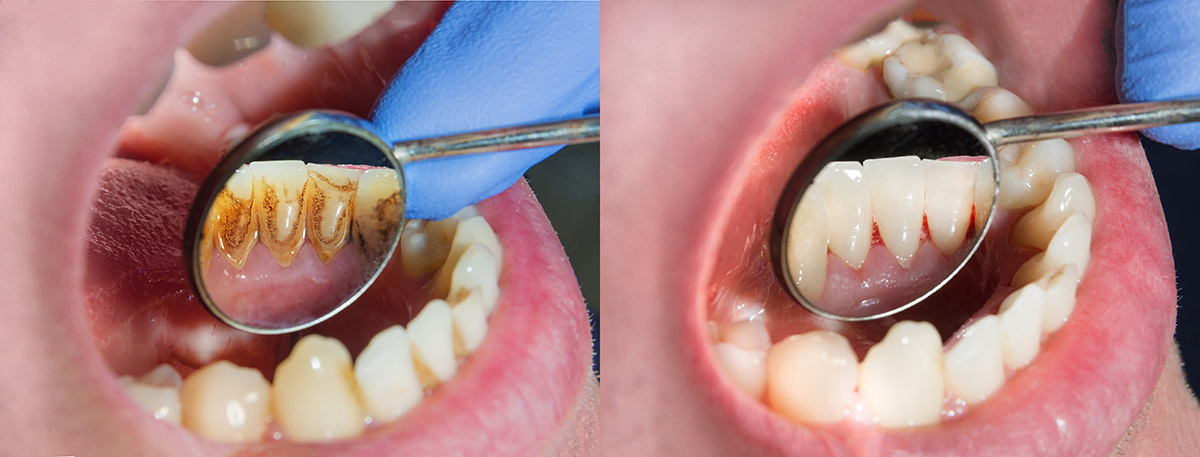
In terms of dental cleanings, gross debridement is the most aggressive. People who haven’t seen a dentist in years and who practice poor at-home dental care usually benefit from this type of teeth cleaning.
The plaque build-up is tremendous, and the tartar and calculus that has formed are layered extensively on the tooth and at the gum line.
To loosen the tartar and clean the gum roots and gum line, an electric tool will be used. Unless your teeth are severely damaged and show a large amount of plaque buildup, these appointments shouldn’t last long.
A standard prophylaxis treatment will be performed by the dental hygienist following the successful removal of tartar.
Having an understanding of the different types of dental cleanings will help you choose the right one for you. You and your dentist will decide what kind of cleaning you need.
Your dentist can answer any major questions you may have regarding your dental cleaning.
Deep Dental Cleaning vs. Regular Teeth Cleaning
To maintain overall health, it is imperative to maintain a healthy oral environment. The prevention of problems such as bad breath, gum disease, and tooth decay is a direct result of preventative care. These are direct problems that, if left untreated, can cause more serious issues like bone loss and tooth loss.
However, the health issues that bacteria in the mouth can create in the body are more difficult to see. Taking dental care seriously is important for many reasons, including respiratory problems, cardiovascular problems, and cancers.
It is recommended by the American Dental Association and most dental professionals to visit a dental office at least every six months for cleanings and examinations. In this way, you will be able to stay on top of any oral health concerns and engage in preventative procedures to keep your mouth healthy. Ideally, you should visit your dentist at least twice a year for a checkup and cleaning. The type of dental cleaning you may need will fall into two broad categories: Regular Teeth Cleaning or Deep Dental Cleaning.
Regular Teeth Cleaning
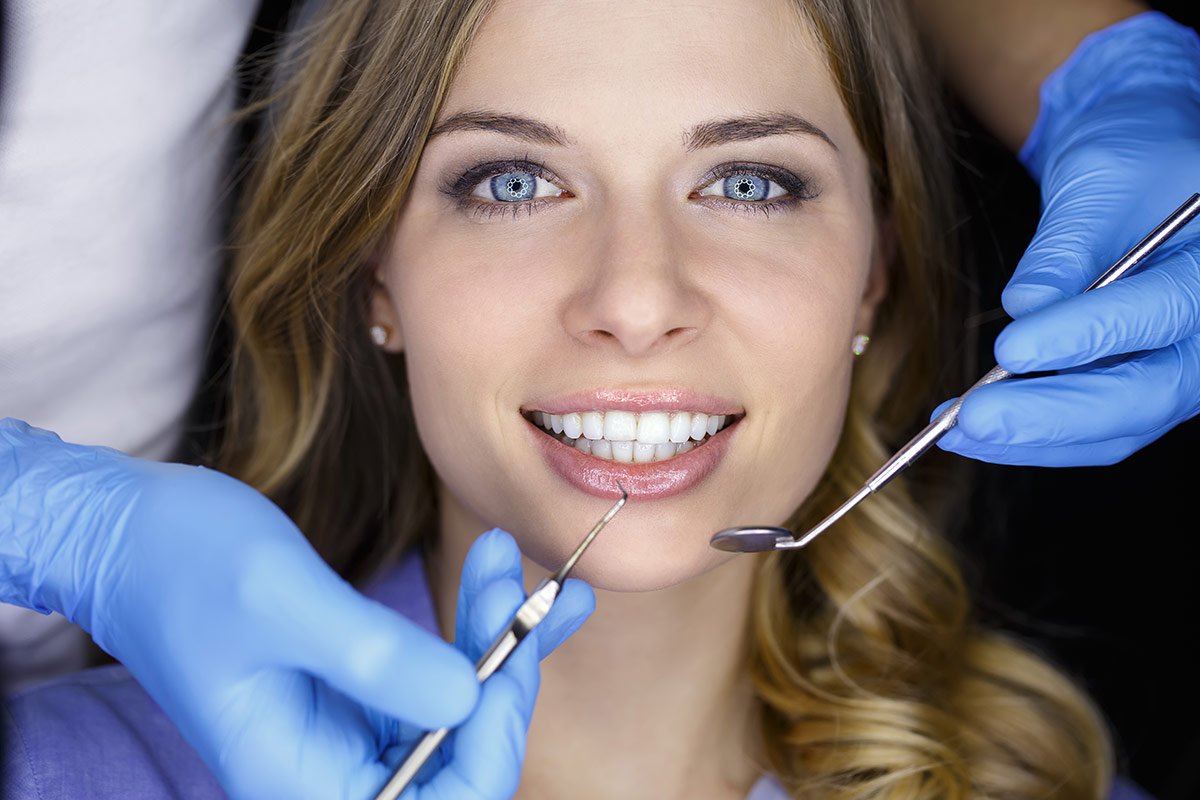
In order to maintain overall health, oral hygiene, and dental health, it is necessary to have a routine dental cleaning. Without proper care, teeth can weaken, become more prone to cavities, and eventually lose both bone and teeth. The following are some of the things you can expect during a regular teeth cleaning:
- A thorough visual inspection of the teeth is performed
- Gum health will be checked by probing the teeth
- Plaque will be removed using a scaler
- Afterward, your teeth will be polished
- Flossing will be performed on the teeth
Essentially, regular teeth cleaning involves cleaning the surfaces of the teeth up to the gum line. In cases where bacteria and tartar have formed below the gum line, the dentist may recommend a deep dental cleaning.
Deep Dental Cleaning

When teeth need to be cleaned above and below the gum line as well as at the roots, a deep cleaning is necessary. Bacteria can infect the gums when plaque accumulates on the roots and exterior of teeth. Cleaning deep beneath the gum line is achieved using a scaler and an ultrasonic device to remove build-up.
A deep cleaning appointment can be intense and require more than one appointment. To prevent permanent tooth loss, it is important to remove bacteria growth from the roots and pockets of the teeth. Following are some signs you may need a deep cleaning:
- Gums that are red and swollen
- When brushing or flossing, there is bleeding
- Bad breath
- Loose teeth
- Gum pockets are enlarged by more than 5 mm
What Happens During A Deep Dental Cleaning?

During a deep dental cleaning, some of the same steps will be carried out as during a regular dental cleaning. In some cases, X-rays may be necessary for a thorough examination.
Once this is complete, the hygienist will:
- The gum area is anesthetized to help minimize discomfort.
- Plaque and tartar are scraped from the roots of the teeth with a scaling tool
- Healing can be aided by antibiotics.
- To prevent bacteria from re-forming, the surface of the root is smoothed with a planing tool.
Benefits of a Deep Dental Cleaning

Deep cleaning is an extremely effective method of preventing periodontitis. This very simple preventative treatment can eliminate several health risks for patients with signs of gum disease.
There are many benefits to a deep dental cleaning, including:
- A deep cleaning can help patients with periodontitis or gingivitis.
- Gum disease is just the beginning of tooth decay, which can affect the tooth’s structure as well as the roots. Deep cleanings can prevent decay and more invasive, expensive dental procedures.
- Among the leading causes of bad breath is gingivitis. Bad breath can be resolved by removing and cleaning the diseased bacteria below the gum line.
- Gingivitis and periodontitis can both cause gums to recede and become inflamed. The position of your teeth can shift and move, causing drastic negative changes to your smile.
Your first step should be an initial dental examination to understand your overall dental health. Various levels of deep cleaning are available. To create an optimal oral health plan for you, the dentist will examine your situation and recommend the level of cleaning necessary.
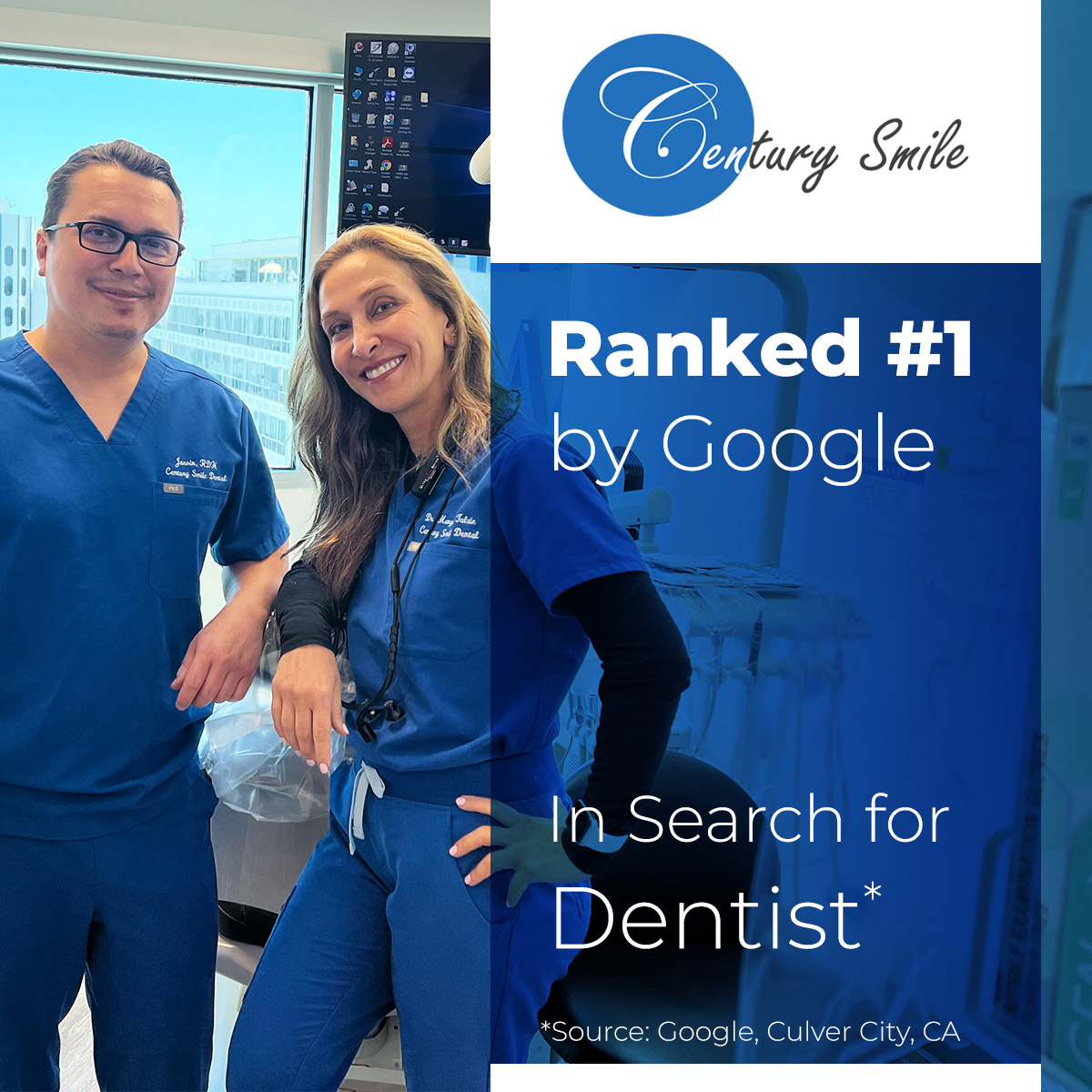
Disadvantages of Deep Teeth Cleaning
Maintaining optimal dental health requires routine dental check-ups. The benefits of these preventive appointments extend not only to your oral health but also to your overall health. For example, it is normal for your dentist to recommend a deep dental cleaning if it has been determined that you have plaque buildup below the gum line. To prevent tooth loss in a patient, a dentist must remove plaque to avoid damage to the roots.
A deep teeth cleaning has many benefits, but there are also some drawbacks. Following are some disadvantages to a deep teeth cleaning
Disadvantages of A Deep Teeth Cleaning

There are some common disadvantages to having deep teeth cleaning, even though it is a low-risk procedure. A common side-effect of the procedure is sensitivity in the teeth and gums. In particular, the gums may be sore after the anesthetic wears off.
To manage the soreness after a deep cleaning, eat a softer diet and avoid cold drinks and food. In the meantime, keep your mouth healthy by practicing good oral hygiene. A proper at-home treatment will alleviate the discomfort within about two weeks.
In addition, the following are other less common disadvantages you should be aware of:
- For patients with fillings, the scraping process during the deep cleaning can cause fillings to loosen and become dislodged.
- Gum tissue may sometimes not reattach to teeth after the procedure.
- In rare cases, nerve damage has occurred.
- It will not cure gum disease; it will only help manage the problem.
- In all likelihood, more than one appointment will be required.
- Good oral hygiene must be practiced consistently to reap the full benefits.
- If an infection develops, this could affect the immune system.
- If bacteria or tartar remains in the jaw, it can cause an abscess.
There are very few disadvantages to having a deep cleaning. Most patients experience only minor soreness after their procedure. Symptoms should subside within two weeks. As a result, the benefits of a deep dental cleaning far outweigh its disadvantages.
Advantages of Deep Teeth Cleaning
Advantages of A Deep Teeth Cleaning

If your dentist recommends a deep cleaning of your teeth, you should take it seriously. Among the primary reasons for this procedure is the presence of plaque and tartar below your gum line. Plaque left in pockets and untreated will result in gum disease. As a result, inflammation, bone loss, and tooth loss may occur.
Studies have also shown a link between gum disease and overall health. In particular, bacteria associated with gum disease are linked to cardiovascular diseases, endocarditis, some cancers, respiratory diseases, and pregnancy problems.
Other advantages to having your teeth deep cleaned include:
- Eliminating bad breath through the removal of bacteria
- Preventing periodontal disease before it develops
- To prevent gum disease and protect the roots, plaque needs to be eliminated from the tooth roots.
- By treating gum disease early, it can be prevented from progressing into more severe periodontitis.
- Aids in treating and eradicating infections.
- It prevents bone and tissue degradation
- Encourages tissue regeneration.
The key to good oral health is preventing plaque and tartar buildup. A dentist’s recommendation for a deep dental cleaning should not be ignored. The benefits of having a deep clean far outweigh the disadvantages.
Deep Teeth Cleaning Aftercare
It is crucial to undergo a deep dental cleaning for people who have early signs of gum disease. These early signs include receding gum line, inflamed gum tissue, red gums, or bleeding gums. Deep teeth cleanings prevent gum disease sufferers from developing periodontitis.
Your gum health will improve after a deep teeth cleaning, which includes smoother feeling teeth and fresher breath, as well as reduced redness and bleeding.
To ensure proper healing after your deep cleaning appointment, you will need to take care of your oral health. Here are some tips for caring for yourself after a deep cleaning:
In the event anesthesia has been used, you may feel numbness in your teeth, lips, and tongue after your appointment, which lasts for several hours. It is best not to chew anything until the numbness has subsided. You may cause damage to your lips, cheeks, or tongue by doing so.
During the recovery period, the mouth may experience swelling, pain, and discomfort. In order to alleviate the discomfort, you may take over-the-counter pain medication such as ibuprofen. Be sure to follow the instructions on the pain medication bottle and do not exceed the recommended dosage. Additionally, you can:
How Can I Improve My Oral Health in Between Teeth Cleanings?
The link between oral health and overall health has been well documented. Maintaining good oral health goes far beyond fresh breath. Several different diseases have been linked to poor oral hygiene, including diabetes, stroke, heart disease, and cancer. The importance of routine dental visits cannot be overstated when it comes to maintaining and monitoring dental health.
You should also take care of your teeth and gums in between teeth cleanings. Here are some things you can do every day to maintain your oral health:
As a final recommendation, schedule regular dental appointments. It is recommended by most dentists and dental professionals that people visit their dentist every six months. These appointments will consist of a routine dental exam and a teeth cleaning.
Your dentist will help you determine how often you should visit the dentist. Regular dental checkups, coupled with proper at-home care, will ensure excellent oral health and improve your overall health.





Give Us A Call At 310.836.6161 Or Request An Appointment Online





